New species of Rhododendron found
creister
18 years ago
Related Stories
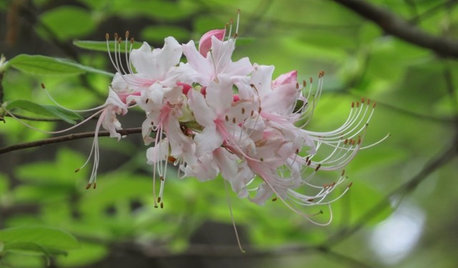
GARDENING GUIDESGreat Design Plant: Rhododendron Canescens
Have a damp, shady spot in your garden that needs a lift? This Southern U.S. native may be the solution
Full Story
COFFEE WITH AN ARCHITECTClassification of the Design Species
A scientific analysis of the diverse variety of species found in the world of design
Full Story
FLOWERSRudbeckia Mania: Go Beyond Black-Eyed Susan in the Garden
Branch out from typical nursery fare, with lesser-known Rudbeckia species that have delightfully unexpected features
Full Story
GARDENING GUIDESGreat Design Plant: Amelanchier Signals Spring With Airy White Blooms
With roughly 20 species of serviceberry native to the U.S., bees can feed on the early-season blooms while birds enjoy the summer berries
Full Story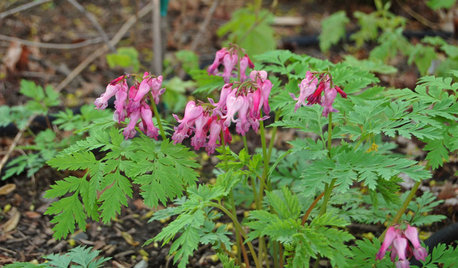
GARDENING GUIDESGreat Design Plant: Dicentra Eximia Brightens Shady Gardens
This North American bleeding heart species blooms from spring to fall and welcomes bees and hummingbirds
Full Story
GARDENING GUIDESHave Acidic Soil in Your Yard? Learn to Love Gardening Anyway
Look to acid-loving plants, like conifers and rhododendrons, to help your low-pH garden thrive
Full Story
GARDENING GUIDES13 North American Backyard Birds to Know
Find out about these enchanting native species and learn how to attract them to your yard
Full Story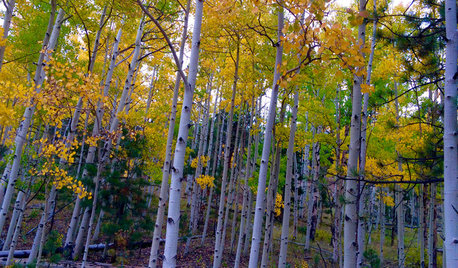
EARTH DAY‘Terroir’ Brings a Sense of Place to Your Landscape
Species native to and characteristic of your region firmly root your garden and landscape
Full Story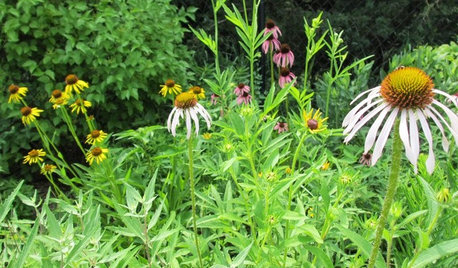
FLOWERSGet Coneflower Blooms All Summer Long
Plant these 5 native species to bring beauty to the garden — and pollen to the insects — from June through August
Full Story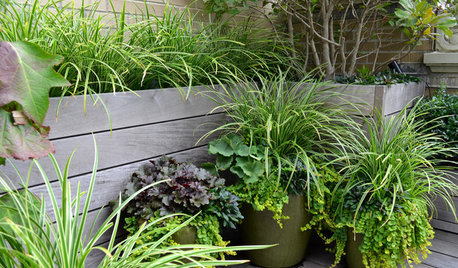
PLANTING IDEASCreate High-Impact Container Gardens With Grasses
When it comes to adding drama, texture and panache to a pot, these strappy species are hard to beat
Full Story





shic_2006
rhodyman
Related Professionals
Beachwood Landscape Architects & Landscape Designers · Cary Landscape Architects & Landscape Designers · West Chester Landscape Architects & Landscape Designers · Woodinville Landscape Architects & Landscape Designers · Brooklyn Center Landscape Architects & Landscape Designers · Springfield Landscape Contractors · Fishers Landscape Contractors · Milford Mill Landscape Contractors · Plymouth Landscape Contractors · Tamarac Landscape Contractors · Tavares Landscape Contractors · Thornton Landscape Contractors · Vineyard Landscape Contractors · Tyngsboro Landscape Contractors · Vadnais Heights Landscape Contractorsshic_2006
hoe_hoe_hoe
morz8 - Washington Coast
Embothrium
shic_2006
rhodyman
Embothrium
shic_2006